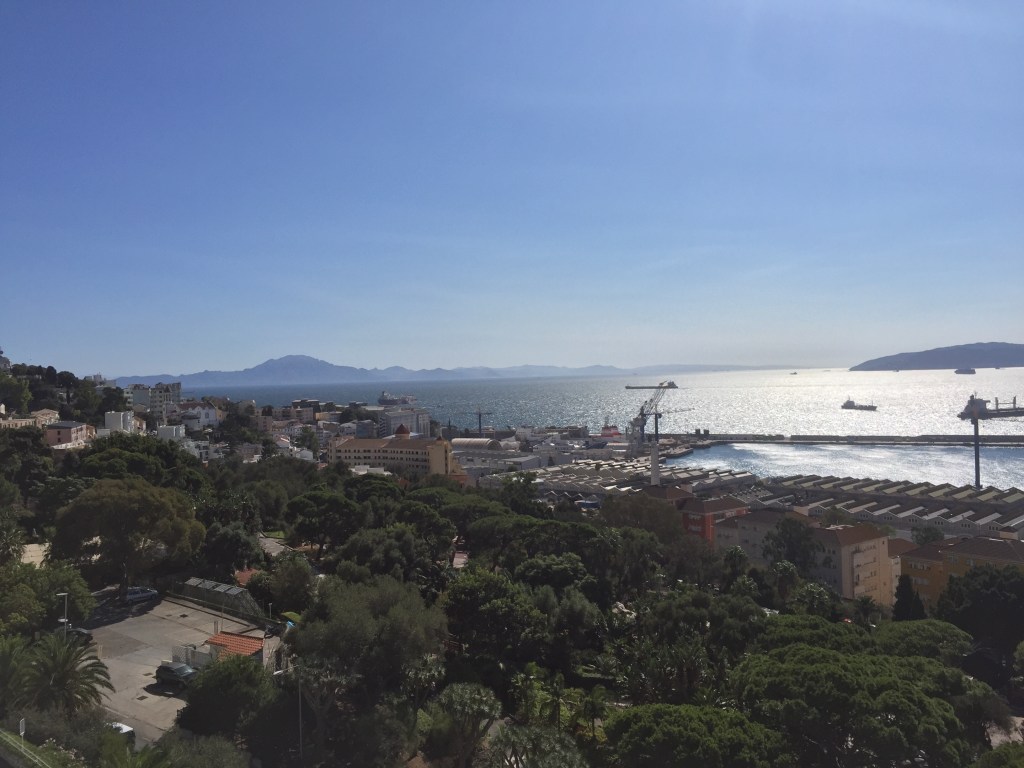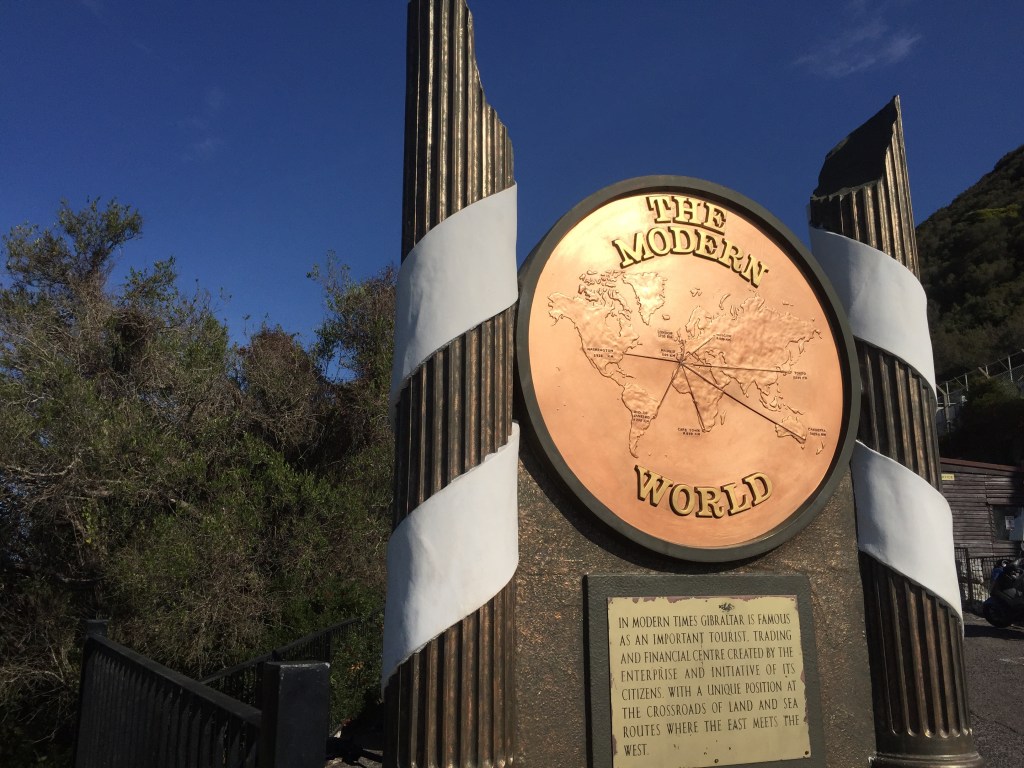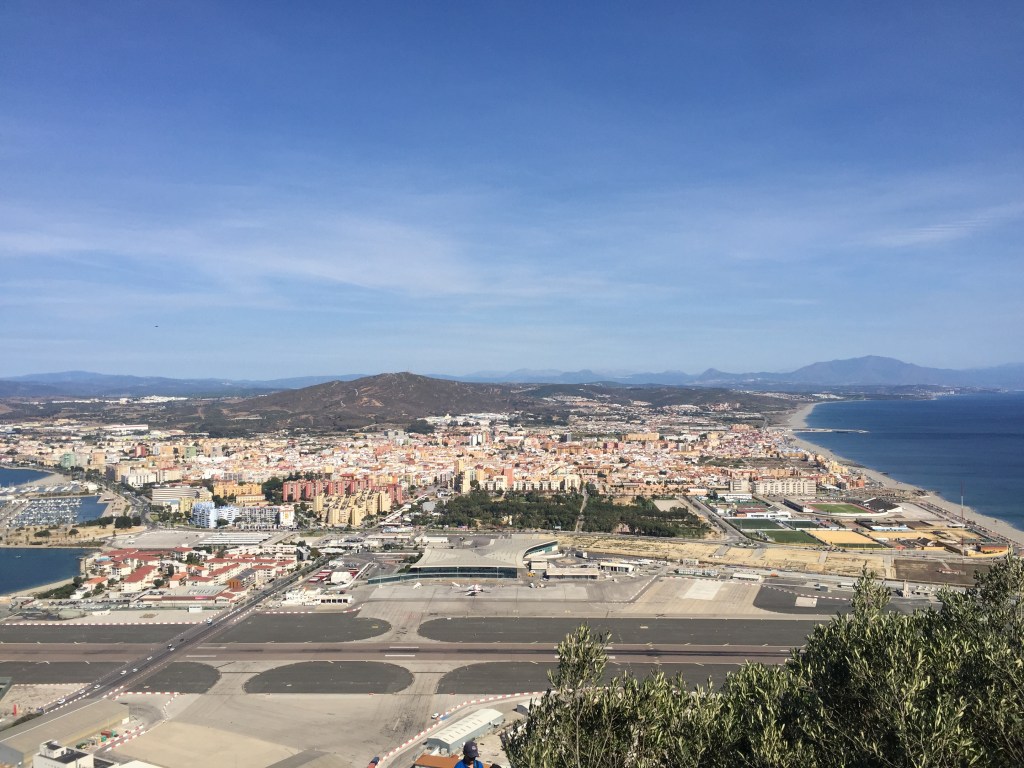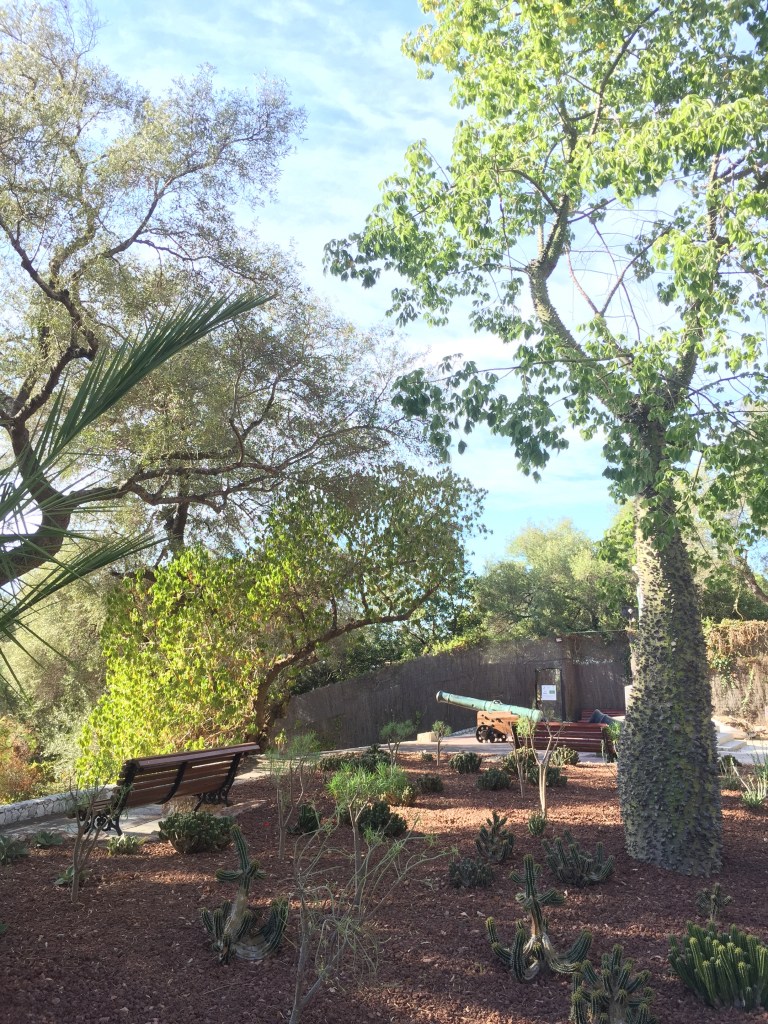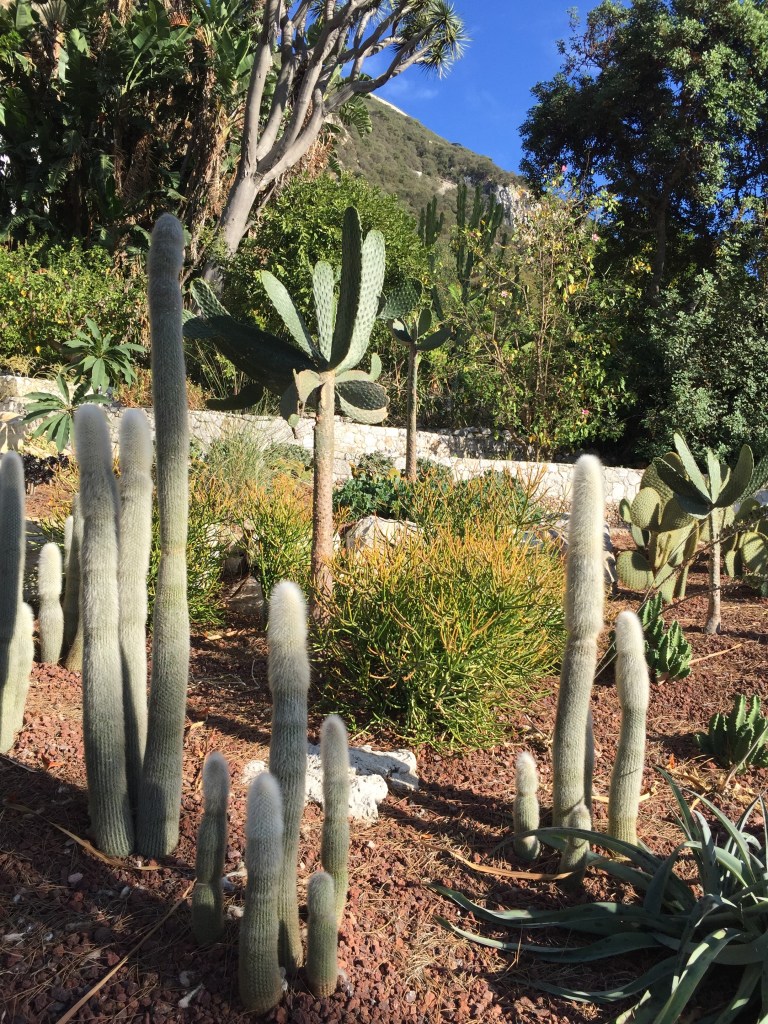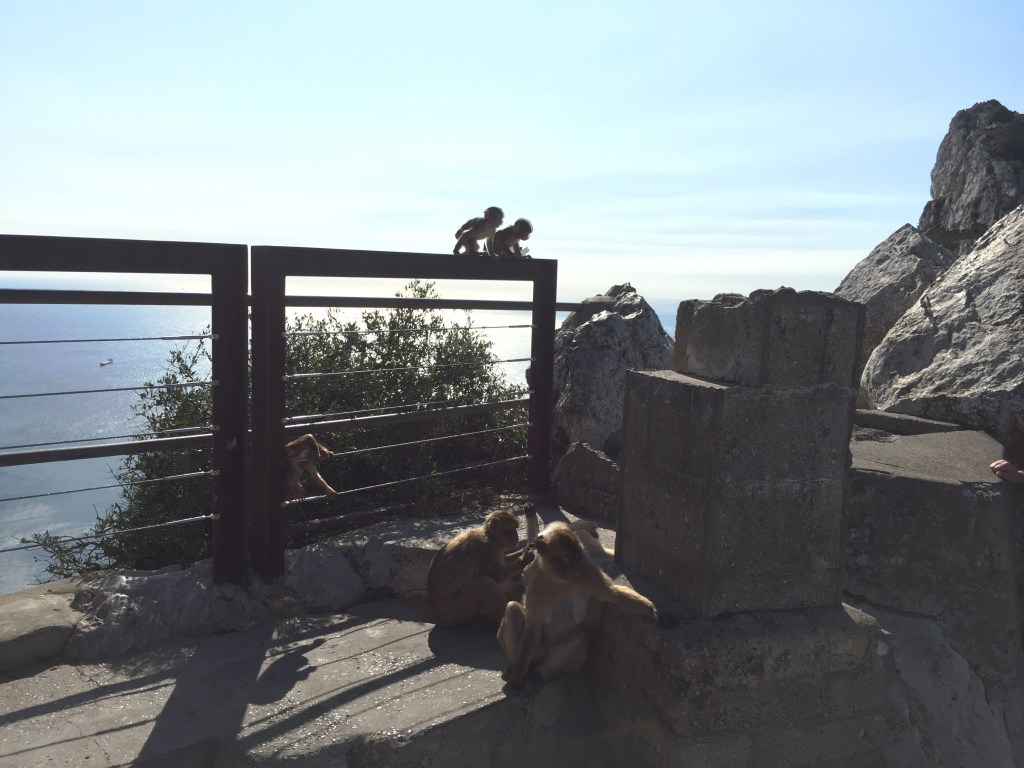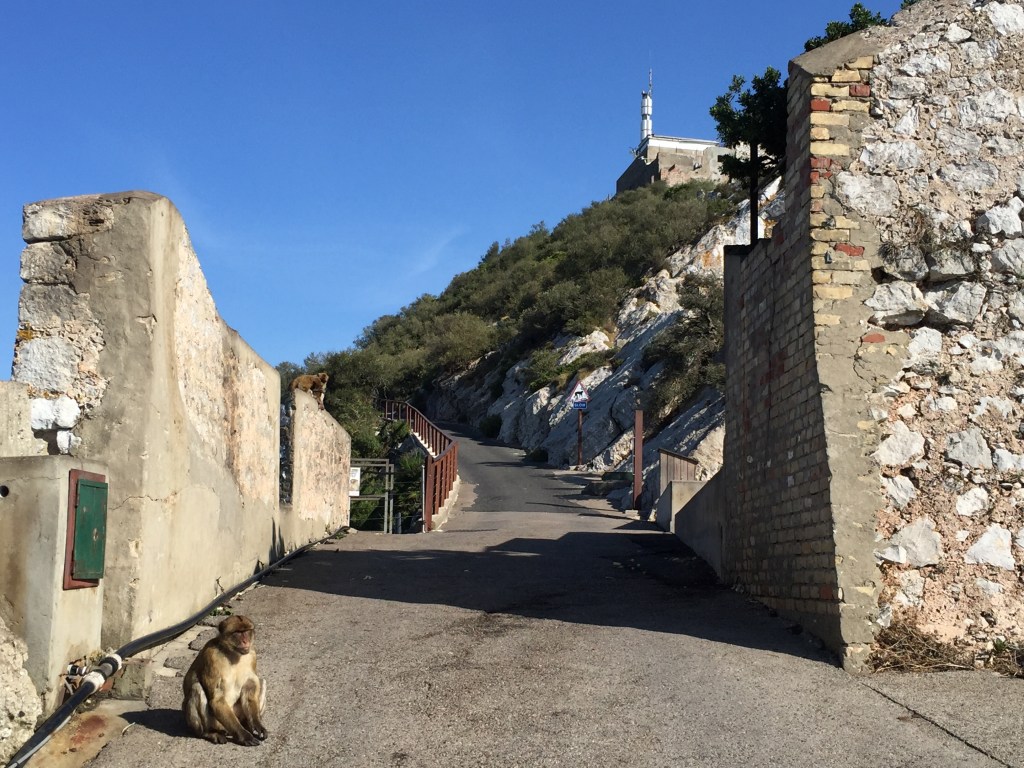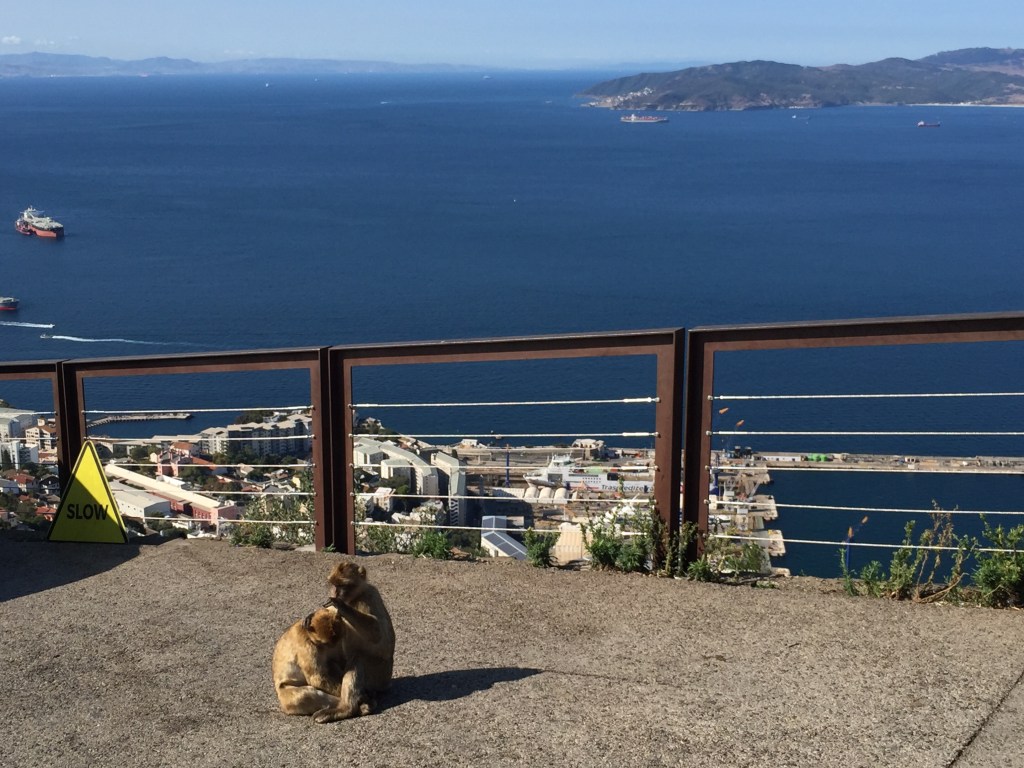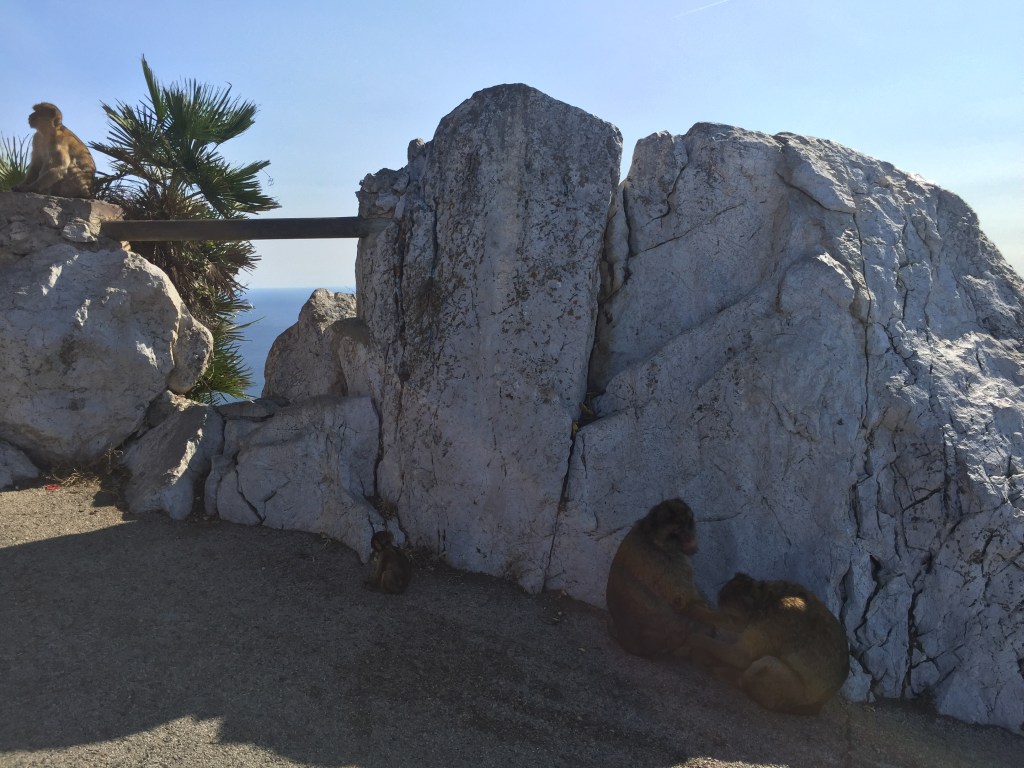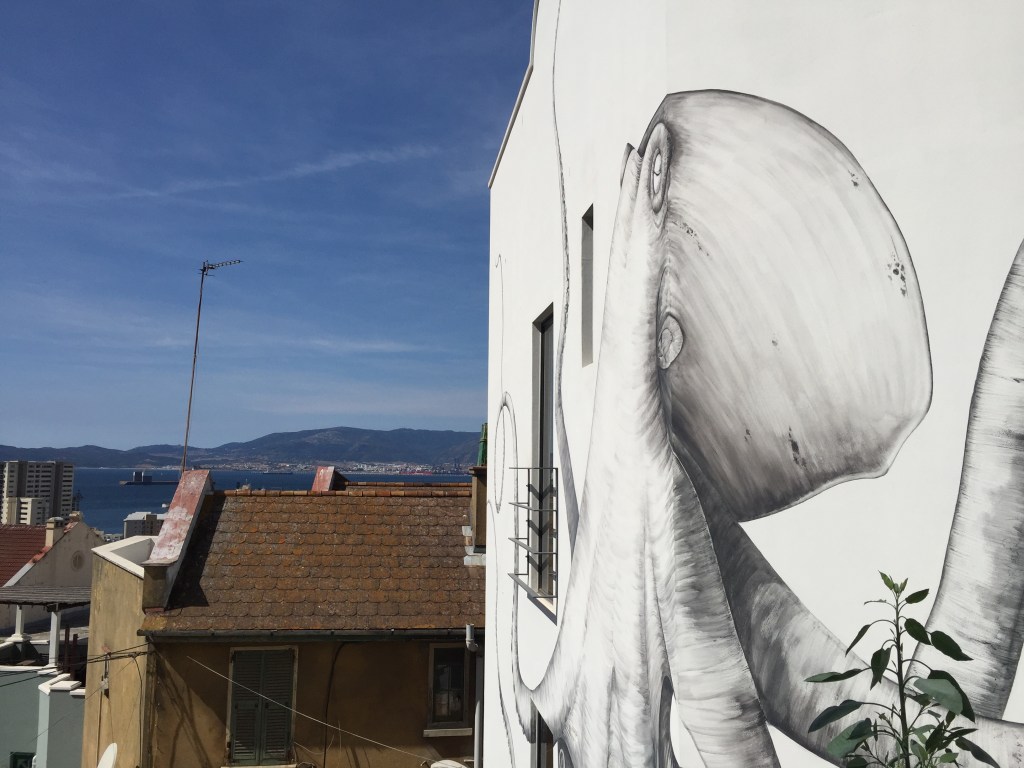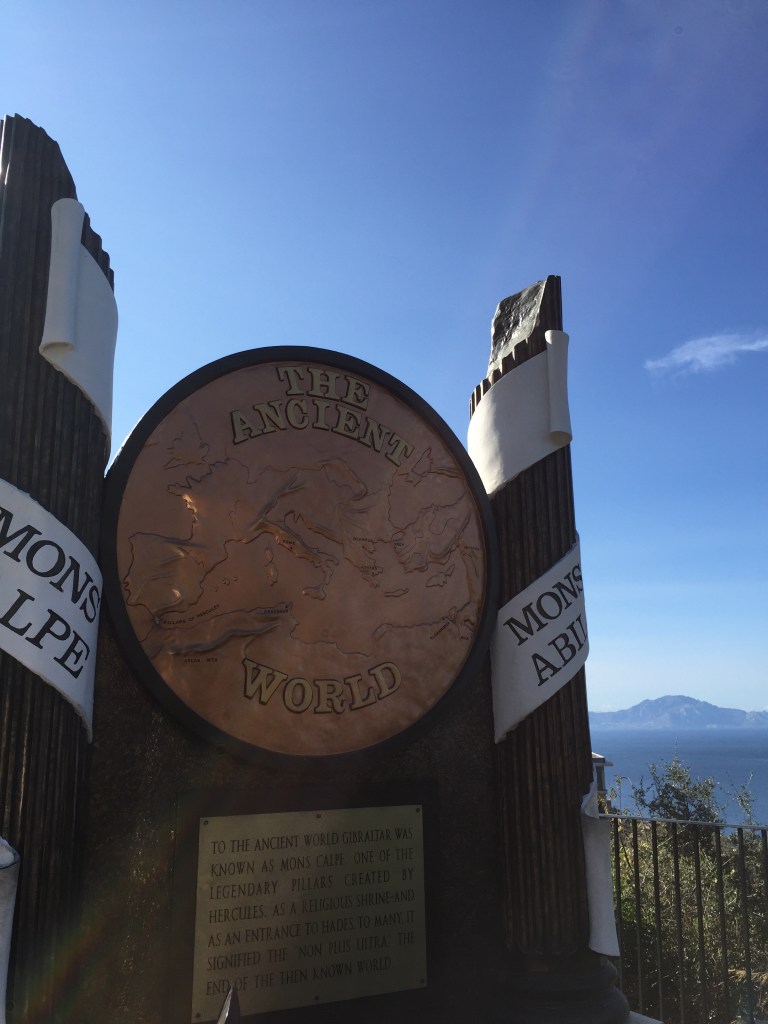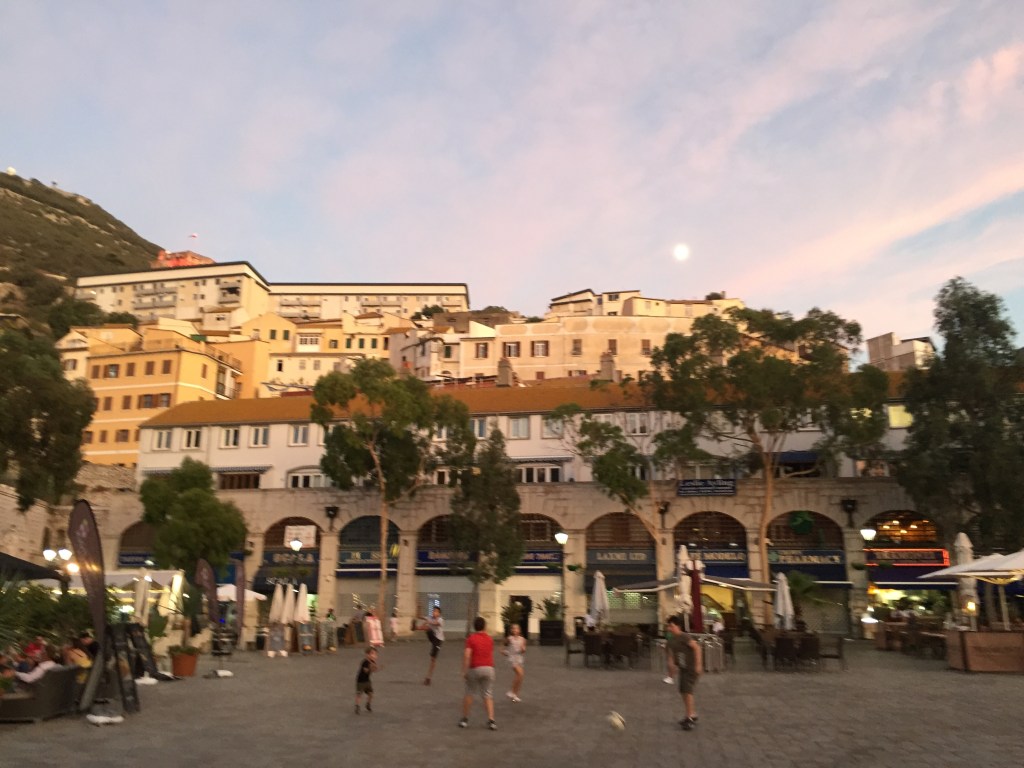After visiting Ceuta in December, I was curious to visit the North African city which currently belongs to Spain, and has a rich history of crossing various cultures and influences: Melilla, or Rusadir, as it used to be called since the Phoenician times.
Malaga has a special connection to Melilla (pun intended): the infamous ferry which often leaves a tsunami-like wave is known as ‘El Melillero’. I always wanted to take it, but eventually, I decided to fly there with Iberia’s regional connection, for 0 EUR, thanks to the accumulated mileage from OneWorld I was reminded to use up before mid-April.
Springtime is a great time to visit this part of the world, not only because of a very pleasant, breezy weather, but also because of the natural world waking up and blossoming. I haven’t taken as many bird pics as during my recent sea crossings, but I was still very glad to spot kestrels, seagulls and starlings. Also in NSFW situations. Birdwatching in the springtime might get you in such situations.
My first impression after leaving the airport was that the city is somewhat desolate. The migratory crisis, the tensions at the Spanish – Moroccan border, as well as the complex history of this place made me think about post-colonialism, and all the consequences while being there.
I needed the disconnection, being alone and travel to the other continent, even if only 200 km away from where I live, which is mind-blowing, thinking about how close Malaga is to the African continent. Secluded Melilla was a great choice, at the same time leaving me enough space to discover its historic, natural and architectural peculiarities during the two days I stayed there.
Throughout the centuries, Melilla witnessed the influence of different cultures, and religions, which is visible almost at every step you take, especially in the old town part, called Melilla La Vieja.
I took the liberty to wander around the narrow streets freely, and peeking into different museums. I was particularly impressed by the ethnographic and archaeological one, covering the history of Melilla and its sefardi, amazigh, berber and gypsy cultural influences.
The modern art museum, situated in the Casa del Reloj offers a great contemporary exhibition of local artists and I was especially interested in the works of Cosme Ibáñez Nogueron, who comes from Melilla and gained an international exposure thanks to his interestingly obscure paintings.
Although Melilla shines brightly with its sunny light and crystalline waters, there is undoubtedly dark and complicated history to discover. Currently, it seems to integrate the experiences of ecumenism, diversity and cultural richness and I was blessed with the hospitality of almost everyone I met on my way.
Another highlight of Melilla is its Ensanche district, or ‘The Golden Triangle’ of the modernism architecture. The major creator, Enrique Nieto, a student of Antonio Gaudi, designed both the synagogue, the mosque and the churches, alongside with some impressive buildings full of flowery, Art Nouveau façades.
Next to the Golden Triangle, one can rest in the Parque Hernandez which offers shade and relief from the scorching sun in the day. Naturally, Melilla lives by night and there are fantastic bars and restaurants with the local Rif cuisine to try out.
The diversity is visible not only in the architecture, but also with small gestures, like a bench dedicated to trans visibility which means a lot in a place like this.
All in all, I managed to see a lot during these two days and it was a very complete experience. Before heading off to the airport, I spent an afternoon in the heavenly Aguadu beach, just next to the Moroccan border. I decided to see the infamous border wall, and witness the contrast with the beauty of nature just next to it. Returning to mainland Spain I was thinking a lot about the privilege I have to enjoy the delights of this remote city, when thousands of migrants simply can’t.





























































































































